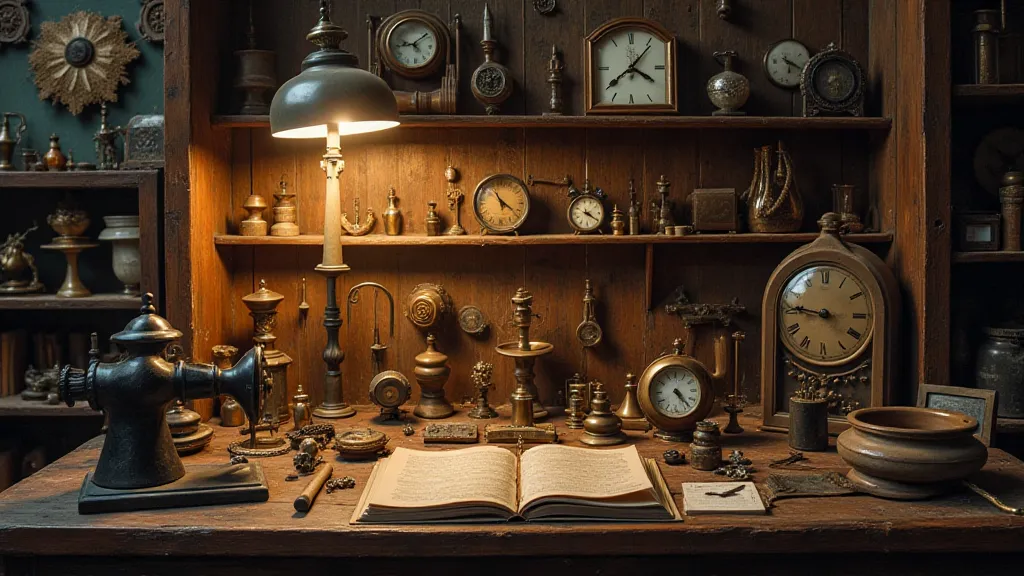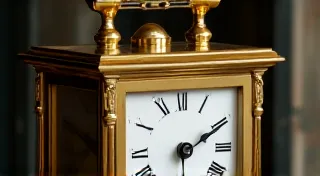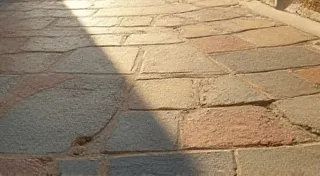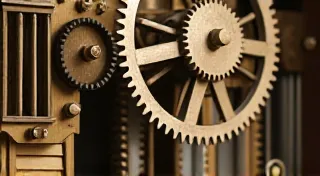Fractured Movements: When Clock Identification Reveals a History of Deception
The rhythmic tick-tock of an antique clock isn’t just a measure of time; it's a whisper from the past. It’s the echo of a craftsman’s dedication, a glimpse into a bygone era of artistry and innovation. But the world of antique clocks isn’t always as romantic as it seems. Behind the polished wood and gleaming brass lies a shadowy undercurrent of deception – a history of fakes, alterations, and skillfully woven narratives designed to fool even the most discerning collector. The pursuit of genuine antique clocks is, in many ways, a forensic investigation, a unraveling of narratives where the slightest discrepancy can betray a carefully constructed facade.
I remember the first time I truly grasped this complexity. As a young man, I inherited my grandfather’s grandfather clock. It was a magnificent piece, a tall mahogany case with a brass face and a sonorous chime. I believed it to be a genuine eighteenth-century marvel, a family heirloom passed down through generations. It wasn’t until years later, while consulting with a renowned horologist, that I learned the startling truth: the case was original, from around 1780, but the movement had been replaced in the early twentieth century, likely as a repair but presented as authentic. The disappointment was profound; the connection to my family history felt suddenly tenuous. That experience ignited a deep fascination with the art of clock identification, and an even deeper appreciation for the ethical complexities within the antique clock market.
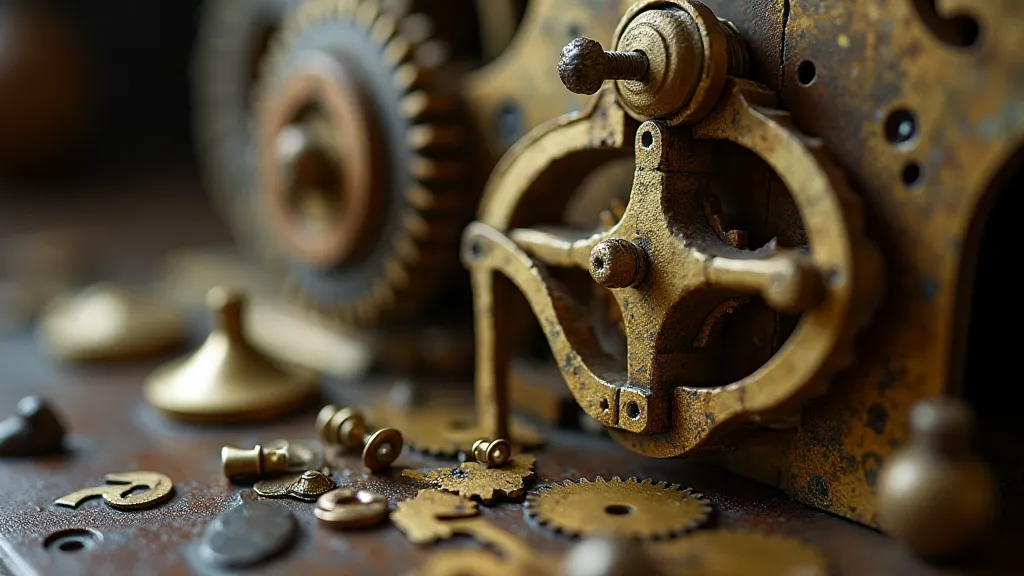
The Allure of Time and the Incentive for Fraud
The allure of antique clocks stems not just from their beauty but from their inherent value as historical artifacts. They represent a tangible link to the past, embodiments of a time when craftsmanship was paramount and mass production a distant dream. This value, unfortunately, fuels the incentive for fraud. Throughout history, individuals have sought to profit from the desire for authenticity, creating convincing imitations and skillfully altering existing clocks to inflate their perceived age and value. These aren't simply crude forgeries; they are often works of art in themselves, testament to the ingenuity—and the lack of scruples—of the perpetrators.
Decoding the Clues: Distinguishing the Genuine from the Deceptive
So, how does one discern the genuine article from the carefully constructed deception? It's a process of meticulous examination, a forensic detective’s approach combined with a deep understanding of horological history. Several key areas demand careful scrutiny.
Movement Analysis: The movement is the heart of the clock, and often the easiest place to spot irregularities. Examine the markings – are they consistent with the stated origin? Are the escapement, the gear train, and the pendulum rod authentic to the purported era? Modern screws and bushings are a telltale sign of later modifications. Look for file marks – signs of a movement being filed down to fit an incorrect case. The level of craftsmanship is also crucial. Authentic antique movements often exhibit a level of precision and attention to detail that is rarely seen in modern reproductions.
Case and Dial Examination: The case’s wood type, carving style, and hardware (hinges, escutcheons) must align with the alleged period. Case re-finishing, while common, can be a red flag if not done properly, and a good horologist can identify the layers of finish. Dials, too, are frequently altered. Printed numerals may be re-applied, or the face may be entirely replaced. The style of the numerals, the color of the enamel, and the type of hands used are all critical indicators.
Hardware and Markings: The type of hardware used—the screws, hinges, and weights—must be consistent with the purported age. Look for markings – maker's marks, serial numbers, and patent dates – and cross-reference them with historical records. Many fakes have incorrect or completely fabricated markings.
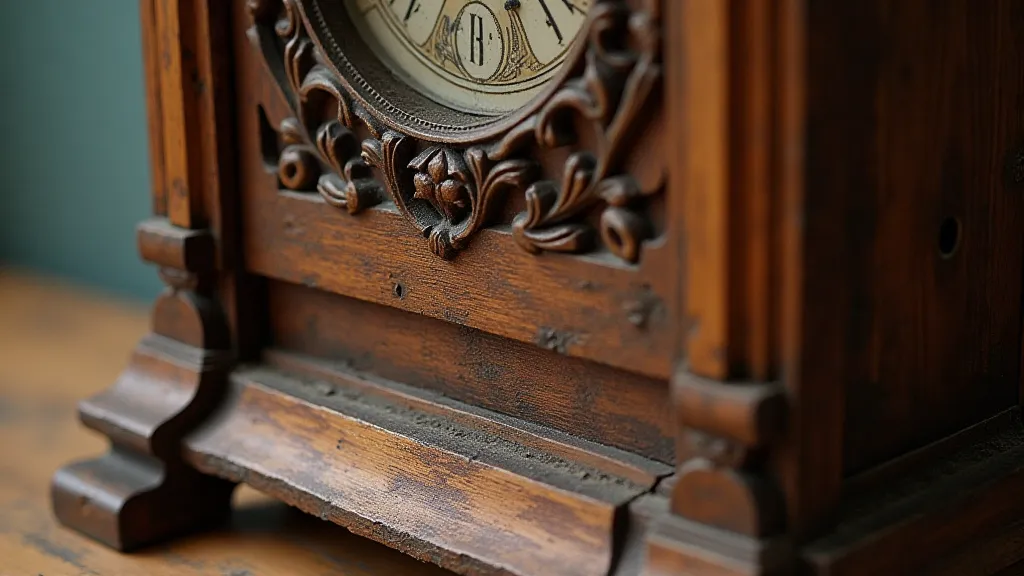
The Art of Alteration: More Than Just Fakes
It's important to understand that not all alterations are intended to deceive. Sometimes, components are replaced out of necessity—a broken gear, a worn-out pendulum. However, even seemingly innocuous repairs can compromise the clock’s authenticity and value. A movement replaced in the 1920s might be presented as original, significantly impacting its perceived history.
The practice of "marriage" – combining components from different clocks – is another common phenomenon. A horologist might use a more desirable movement in a less valuable case, or vice versa. This practice is not inherently fraudulent if disclosed, but it blurs the lines of authenticity and can mislead buyers if misrepresented.
Provenance: The Unbreakable Chain
Perhaps the most crucial element in assessing the authenticity of an antique clock is provenance – its documented history of ownership. A clear and unbroken chain of ownership, backed by receipts, appraisals, and auction records, can provide invaluable insights into the clock’s authenticity and value. A clock with a well-documented history is far more desirable than one with a mysterious or vague past.
The Collector’s Responsibility: Ethics and Appreciation
The world of antique clocks is a fascinating blend of history, craftsmanship, and commerce. But it's also a world that demands ethical responsibility. Collectors have a duty to be informed, to ask questions, and to demand transparency. It's about more than just acquiring a beautiful object; it’s about preserving a piece of history, understanding its story, and appreciating the artistry of those who created it.
Ultimately, the pursuit of antique clocks is a journey of discovery. It's a chance to connect with the past, to learn from master craftsmen, and to appreciate the enduring power of time. And while the possibility of deception may lurk in the shadows, it's the thrill of the chase, the unraveling of the narrative, that truly makes the experience so rewarding. Recognizing the potential for fraud isn't about cynicism; it’s about fostering a deeper appreciation for the intricate history and artistry embedded within each tick-tock.
